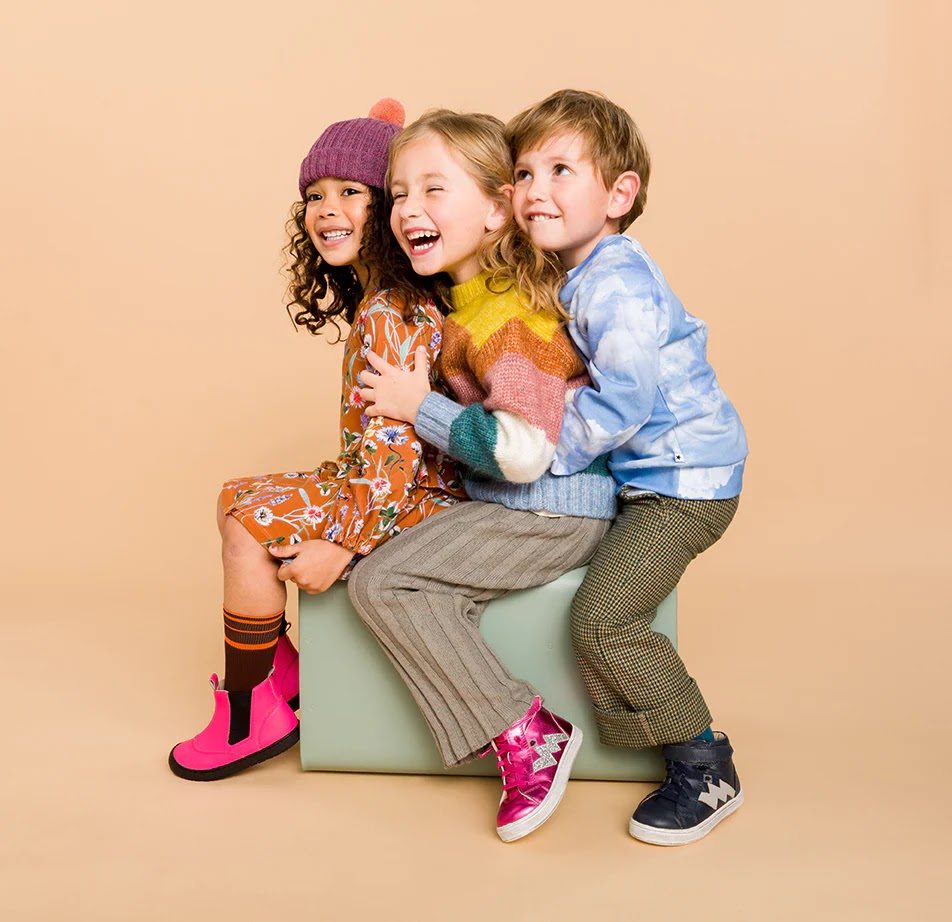Podiatrist Approved Baby Shoes: The Ultimate Guide for Parents and Caregivers
Choosing the right shoes for your baby is more than just picking cute sneakers. Proper footwear supports healthy foot development and can prevent future problems. As babies learn to walk and explore, their feet grow rapidly. That’s why podiatrists endorse certain shoes to ensure safety and comfort. Whether you're shopping online or at a store, knowing what makes a shoe podiatrist-approved can make all the difference in your child's health.
Why Podiatrist-Approved Baby Shoes Matter
The Role of Foot Development in Infants and Toddlers
Babies start with tiny, soft feet that need regular movement to grow strong. From birth to toddler age, their feet change shape and size quickly. Natural movement, like crawling and cruising, is essential for healthy development. Supportive shoes allow feet to move freely while still protecting delicate skin.
Common Foot Problems in Children Due to Improper Shoes
Wearing the wrong shoes can lead to issues such as flat feet, ingrown toenails, or bunions later in life. Ill-fitting shoes may cause discomfort or alter gait. Studies show that poorly chosen footwear can increase the risk of deformities and mobility problems. That’s why selecting footwear with expert care is crucial.
The Benefits of Podiatrist Endorsed Shoes
Expert-backed shoes are designed to support healthy growth. Podiatrists recommend shoes that promote natural foot movements and prevent deformities. Wearing the right shoes can also help in avoiding long-term issues like misaligned joints or arch problems. These shoes are often tested for quality, making them a safer choice.
Key Features of Podiatrist-Approved Baby Shoes
Flexible Soles for Natural Movement
Flexible soles allow babies to bend and stretch their feet naturally. This supports proper muscle
development and balance. Check for shoes with soles that bend easily without cracking or cracking. Flexible shoes help mimic barefoot walking, which is best for foot health.
Proper Fit and Sizing
Measuring a baby’s feet correctly is vital. Use a ruler or a foot measuring device to check length and width. Leave about a thumb’s width of space at the toe for growth. Adjustable straps or stretchy materials make it easier to find a snug, comfortable fit. Growing feet need shoes that can adapt.
Supportive Structures and Materials
Good shoes provide arch support and heel stability. These features help in maintaining proper foot alignment. Look for shoes made of breathable, non-toxic fabrics that won’t irritate sensitive skin. Supportive shoes promote balanced walking and prevent deformities.
Lightweight and Non-Restrictive Design
Heavy or stiff shoes can hinder a baby’s natural movement. Aim for lightweight shoes that don’t feel bulky. Shoes should allow freedom for toes to wiggle and feet to move comfortably. Overly rigid shoes can slow down a baby’s progress in learning to walk.
Non-slip, Safe Soles
Traction is a must for new walkers. Shoes with non-slip soles reduce the risk of falls. Check for patterns that grip different surfaces, like rubber soles with grooves. These features offer stability, especially on smooth or slippery floors.
How to Choose the Right Baby Shoes with Podiatrist Guidance
Consulting Pediatric or Podiatrist Recommendations
Ask your child’s doctor or a podiatrist for advice before buying shoes. They can advise on size, support, and what features to look for. Seek professional guidance if your child has foot development concerns or existing deformities.
Recognizing Quality Footwear Brands Endorsed by Experts
Several brands are known for podiatrist-approved shoes, such as Oldsoles. These brands often collaborate with foot health experts. Research online reviews and check if the shoes have endorsements from pediatric or foot health professionals.
Fitting and Try-On Tips for Parents
Always measure your baby’s feet when shopping. Try the shoes on in the late afternoon when feet tend to be bigger. Walk your baby around to see if the shoes feel comfortable. Check that toes aren’t crammed, and the heel fits snugly without slipping.
Transitioning from Socks to Shoes
Introduce shoes gradually, starting with short walks and indoor use. Watch for signs of discomfort or awkward gait. If your baby seems uncomfortable or struggles to balance, reassess the fit or style.
Caring for Your Baby's Shoes to Maintain Foot Health
Proper Cleaning and Maintenance
Use gentle soap and water to clean shoes regularly. Avoid harsh chemicals that can damage materials. Replace shoes when soles are excessively worn or if they no longer fit well.
Regular Foot Checks and Monitoring Development
Look for redness, blisters, or fussiness when wearing shoes. Regularly inspect your child’s feet for signs of discomfort or deformities. Consult a podiatrist if you notice any persistent issues.
Tips for Encouraging Natural Movement and Exercise
Encourage barefoot activities at home or on safe surfaces. This strengthens foot muscles and improvesbalance. Limit the time your child spends in overly restrictive or stiff shoes.
Conclusion
Choosing podiatrist-approved shoes is a simple step that can greatly influence your child's foot health. Supportive, flexible, and well-fitting shoes protect developing feet and prevent future problems. Regularly check and care for your child's footwear, and don’t hesitate to ask healthcare professionals for advice. Your efforts help set the foundation for a lifetime of healthy, happy walking.







Comments
Post a Comment